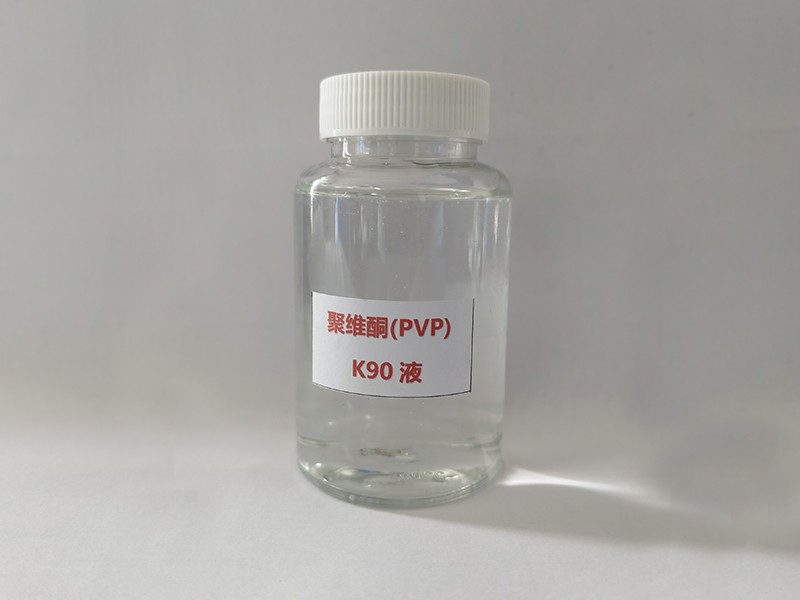Reducing the particle size and properties of the active ingredients or excipients is important in every stage of solid preparation manufacturing (micronization and transformation). The particle size affects the mixing, granulation, tableting, and coating of solid dosage forms. 45-48. Increase the dissolution rate 46,49. Generally speaking, in vivo, the dissolution rate changes with the solubility and particle size. It seems that the simple way to improve the dissolution rate is to change the particle size. According to the Noyes Whitney equation, when the particle size decreases, the total effective surface area increases, and the dissolution rate increases. In addition, the decrease in particle size leads to a decrease in the thickness of the diffusion layer around the particles, which increases the concentration gradient. The decrease in particle size leads to a decrease in the thickness of the diffusion layer around the particles, which increases the concentration gradient and dissolution.
We know that milling is a common and traditional pharmaceutical method to reduce particle size to increase dissolution with poor water solubility. Micronization is a process of transforming coarse powder into ultra-fine powder with an average particle size range of 2-5μm. It is usually carried out by jet pulverization and top-down methods.
Poorly soluble micronization can lead to poor surface hydrophobicity. Nighute and Bhise studied the effect of micronization on the dissolution rate of rifabutin. This method improved the dissolution rate of the drug. Costa and colleagues improved the dissolution rate of efavirenz by micronization method. Human immunodeficiency virus type 1 non-nucleoside reverse transcriptase inhibitors belong to the BCS classification II with poor water solubility.
Many of the II types of poor solubility, micronization is not enough to increase the surface area and thus increase the dissolution rate. In most cases, it is necessary to solve the problem of low dissolution rate and bioavailability. By changing the particle size from micrometer to micrometer, the specific surface area of the particles is greatly increased, leading to higher dissolution. For example, when the particle size is changed from 5 μm to 120 nm, the surface area of aprepitant crystals increases by 41.5 times. With proper particle formulation, the dissolution rate and bioavailability will be improved, and with these formulations, the dosage range will be reduced.




 全国服务热线
全国服务热线
